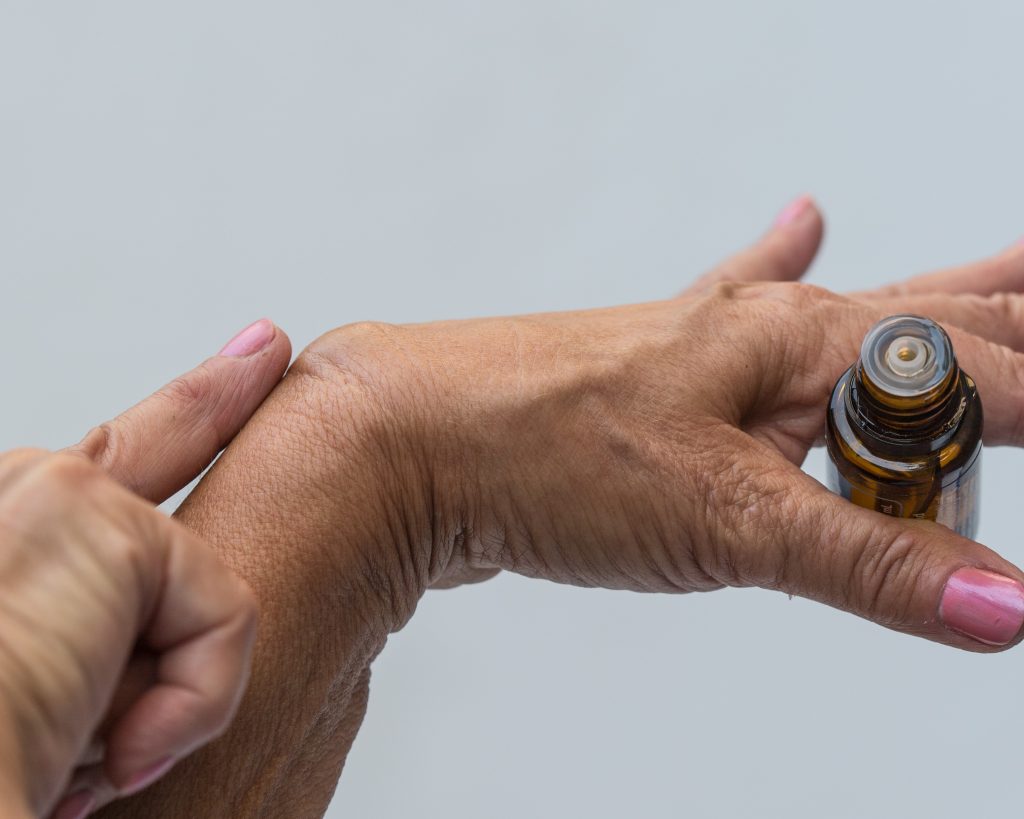3 Tips To Help Manage Your Arthritis During The Cold Months
What is Arthritis? This is a disorder that causes joint inflammation and is generally characterized by stiffness and joint pain. The most common forms of arthritis are Rheumatoid and Osteoarthritis. Arthritis can be caused by injury or infection to the joints, which aggravates the natural breakdown of cartilage tissue. If you have a family history of the condition, there’s a high chance for you to develop OA.
RA, on the other hand, is more of an autoimmune condition. This is when the immune system of the body starts attacking its body tissues. Regardless, when winter comes, you’ll definitely feel the season in your bones. Here are 3 tips to help with your arthritis during the cold months:
1. Keep Warm
Staying warm is a cost-effective and quick way to ease the arthritis during the winter months. Heat boosts blood flow, which assists in flushing out pain-producing chemicals and helps stimulate skin receptors that enhance your pain tolerance. Heat also relaxes the muscles and helps in reducing stiffness and spasms.
Keeping warm will also entail you dressing the part. This means dressing in layers; it helps in keeping you warm, especially if you’re planning to spend an extended period outside. The smart choice for layering up is by wearing a garment made from loose lightweight wool next to your skin. It traps dry, warm air that’s sure to keep you toasty. Going for a vest is also a prudent investment since it will insulate your core as warm blood continually flows to other body extremities. Wear lots of gloves, socks, hats, scarves and hand warmers.
2. Stay Active
Exercising and staying active is integral for people with arthritis. Physical exercise assists in easing pain, boosts energy and increases flexibility and strength. Generally, people are less active during the winter. And this is when people living with arthritis have fatigue and significant pain. If you start exercising regularly, you’ll begin noticing the difference during the winter.
So, why is it important to remain active? Well, without any physical activity to get the juices flowing, you’ll end up getting stiff. And with stiffness also comes additional pain and discomfort. Do low impact exercises like tai chi, yoga, or swimming. Warm-up first to prepare and stretch your joints. Ensure you keep warm when doing training or going outside.
3. Avoid “D” Deficiency
Low vitamin D levels increases the risk of osteoporosis. During the winter months, it’s unlikely you’ll get vitamin D from the sun. It’s made when your skin is exposed to the sun. Although the body stores vitamin D through the seasons, research suggests that low vitamin D levels play a crucial role in how sensitive you’ll be to arthritis pain.
You can talk to your arthritis physician about getting vitamin D supplements or a list of vitamin D-fortified foods. Vitamin D sources include fatty fish like tuna, mackerel, swordfish, and salmon.
Arthritis can especially be rough during the winter. No cure has yet been discovered, so it’s best to be prepared. Make sure to follow the aforementioned tips if you want to stay safe and healthy.
Share this post:
Better Living for Today
3 Easy Steps To A Healthier You In 2023
A new year is a perfect time for renewal, reflection,…
Read MoreEssential Oils that Can Help with Rheumatoid Arthritis Symptoms
Essential oils and aromatherapy has been considered a safe and effective way…
Read More



